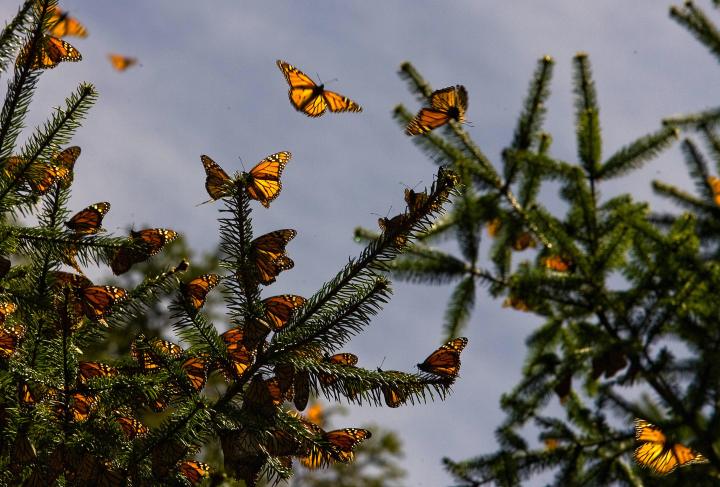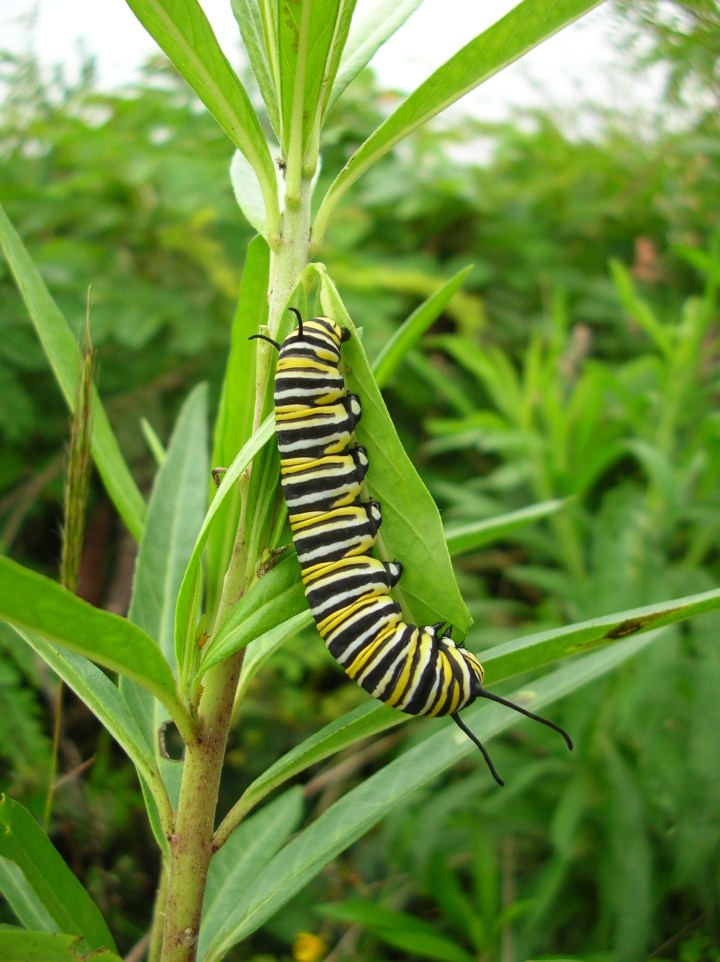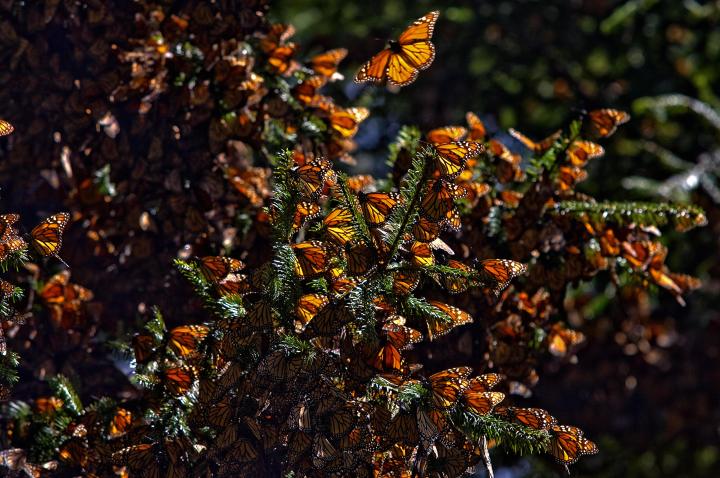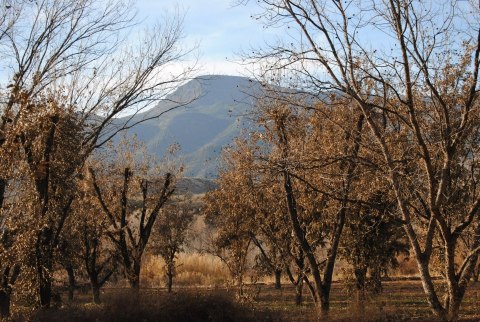A Butterfly Migration Super Highway Could Bring Millions Of Monarchs Through Arizona This Fall
After an unprecedentedly robust spring migration, monarch butterflies have just begun their autumnal trip southward into Mexico. Experts are hinting at yet another record-breaking season, so keep your eyes peeled! Here’s everything you need to know:


Large and widespread conservation efforts are underway to save these important pollinators from further endangerment or even extinction
Advertisement

Other factors, such as high roost and larvae counts, significant rainfall, and favorable temperatures further increase the likelihood that this season will be one for the books.
Advertisement

October through about mid-November is peak season, so expect the next month or so to be rife with butterfly activity.

This is the only plant monarchs will lay eggs on, and it also serves as food for larvae.

Alternatively, you can plant nectaring flowers like cosmos and zinnia, which offer sustenance to adult monarchs.

Keep your eyes peeled!
Visit the U.S. Forest Service website to learn more about these cool creatures heading for Arizona
Have you ever witnessed a monarch butterfly migration? Let us know your thoughts!
Check out our previous article to read about where you can see butterflies year-round in Arizona.
OnlyInYourState may earn compensation through affiliate links in this article. As an Amazon Associate, we earn from qualifying purchases.




